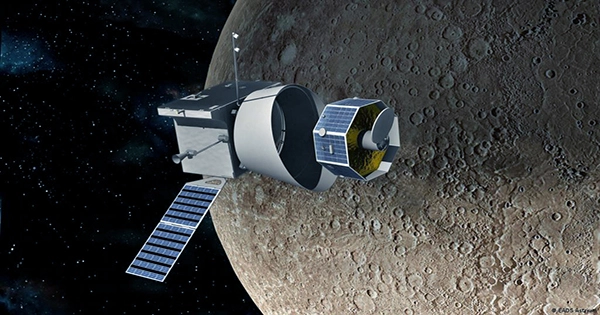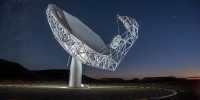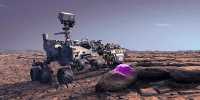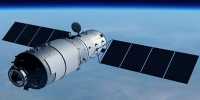Mercury has undergone its second flyby by by the European and Japanese mission BepiColomobo, and the photographs taken by the three monitoring cameras (MCAM) have begun coming in, offering amazing new views of the planet closest to the Sun. Emanuela Bordoni, BepiColombo’s Deputy Spacecraft Operations Manager for the European Space Agency, stated in a statement, “We have completed our second of six Mercury flybys and will be back this time next year for our third before landing in Mercury orbit in 2025.”
The spacecraft’s purpose for the flyby was work rather than recreation. Mercury, the planet nearest to the Sun, will be studied by BepiColombo. This is the simplest and most fuel-efficient approach to enter orbit since it needed Mercury’s gravity to modify its orbit and speed for its future orbit around the planet. Even though the official science campaign won’t start for a few more years, the mission team took advantage of the opportunity to do some research while the vessel sailed past. They made a number of observations using the tools at their disposal while BepiColombo raced around the tiniest planet.
The camera started recording the planet approximately five minutes after the closest approach, which was about 200 kilometers (124 miles) from the surface on the night side (497 miles). For roughly 40 minutes, pictures were taken. Images of some of the scientific objectives that BepiColombo will investigate are shown. These targets include the Heany crater, one of the possible volcanoes to research on Mercury, and the Caloris Basin, which looks to contain lava fields a hundred million years younger than the crater itself.
“When the first pictures descended, I punched the air, and I just grew more and more ecstatic after that. One of my favorite craters on Mercury, Heaney, for which I proposed the name a few years ago, can be seen in the images, according to Jack Wright, a member of the MCAM team and research fellow based at the European Space Astronomy Centre (ESAC) in Madrid, who assisted in planning the imaging sequence for the flyby.
Mercury Surface & Composition Working Group leader and part of the MCAM team David Rothery of the Open University said, “Mercury flyby 1 photographs were good, but flyby 2 images are much better.” “The photographs highlight a lot of the scientific objectives we may tackle once BepiColombo enters orbit. I’m interested in learning more about the tectonic and volcanic history of our amazing planet. In December 2025, BepiColombo will arrive in orbit around Mercury, and the science mission will start soon after.















